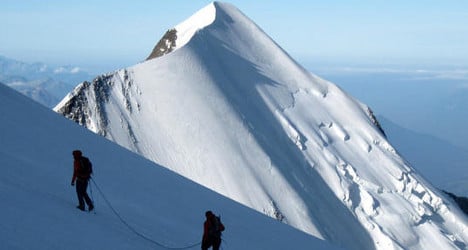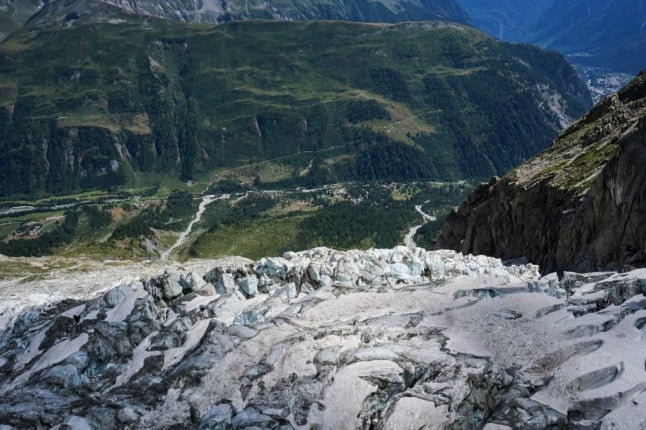High mountain guide, Rob Jarvis
What brought you to Chamonix?
I’ve worked full time as a mountain guide since 1999 and I had always lived in the hill walking regions of the UK such as Snowdonia, Scotland or the Lake District.
But then I met my wife and moved to London. But I was spending so much of the year commuting to Chamonix to work that in the end it just made more sense to move here.
There are lots of attractions to working here as a guide, not least Mont Blanc, which so many people want to climb. It's amazing, the high mountain lifts here mean I can be having a coffee in the morning and the next thing I know I'm at 3,500 metres altitude.
Chamonix has been dubbed the capital of world mountaineering. Does it justify the tag?
Definitely. I don’t think there's anywhere else that is so spoiled for riches like Chamonix. It’s spectacular. The glaciers spill off Mont Blanc right down into the valley. It obviously offers high mountain climbing for the more experienced but the area can equally cater for walkers of all levels, even for those who want to come with their family and do an easy day's walk and have a picnic.
Tell us one of the best places you take your clients.
I’m a high mountain guide so I would take people high up into the mountains and get them walking on the glaciers of the Mont Blanc Massif. A great place to take them is the Glacier du Géant (Giant's glacier) which you can access via the Punta Helbronner lift on the Italian side of the Mont Blanc Massif.
What about Mont Blanc itself?
I’ve climbed Mont Blanc about 20 times. It’s quite a physical climb and many people underestimate it. They think that because it’s not that technical it won’t be too difficult. There are plenty of marathon runners and people who have done Iron Man competitions, who are surprised by how tough it is.
The good thing is there are various routes up to the top, because the main ones are quite busy.
And what about when you come down, what's the best spot for après ski?
Chamonix does the whole après ski thing pretty well. The bar Elevation is often a good one to go to after a day’s walking or skiing. It’s got an open terrace with a view of Mont Blanc and it’s a really lively bar.
And your favourite restaurant?
Chamonix is pretty good for restaurants. It’s got cheaper places to go but there’s also restaurants that have two Michelin stars. A good one I often go to is Le Munchie. It’s a rubbish name, but a great place to eat.
Is there any friction between foreign guides and local French ones?
The reality is Chamonix is incredibly dynamic and it’s full of international guides. If the French had a problem it would be a big one, because there are so many of us here. It’s not like we all work in one big team but we all get along well and I wouldn't say there was any friction. It's friendly and amicable and we are always sharing information.
So no plans to move back to the London?
Not at all. The Haute Savoie lifestyle is just too appealing.
Rob Jarvis, who is the director of High Mountain Guides is a fully qualified high mountain guide, which means he is certified to take clients ice climbing, rock climbing, Alpine mountaineering and ski mountaineering (off-piste skiing/ski touring). For more information visit www.highmountainguides.com



 Please whitelist us to continue reading.
Please whitelist us to continue reading.
Member comments